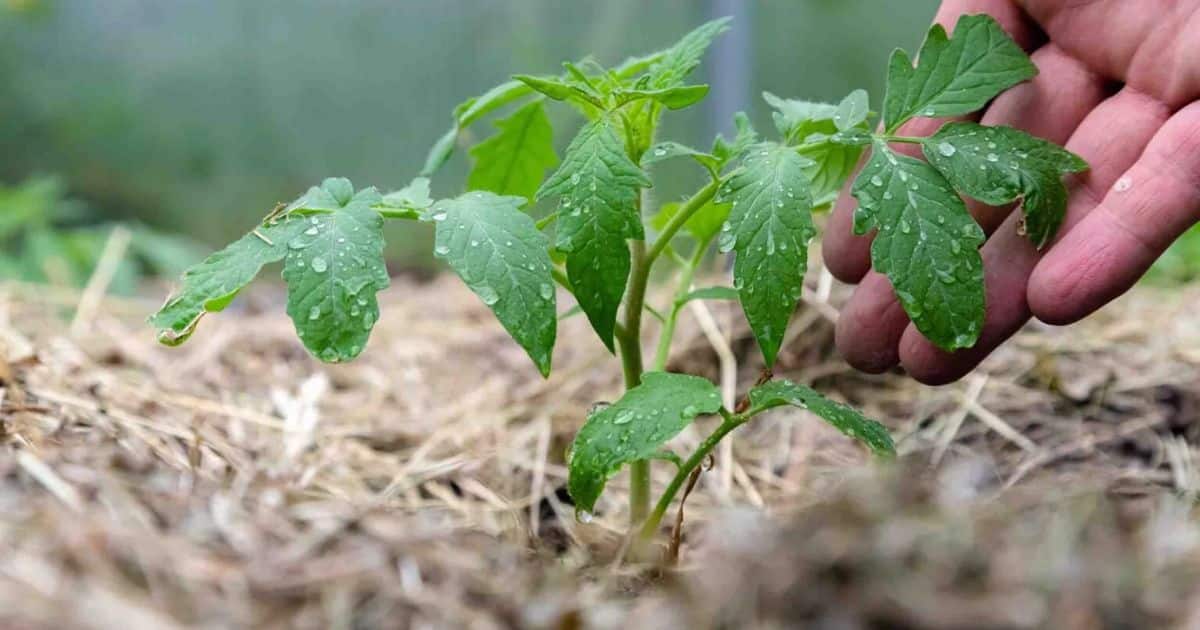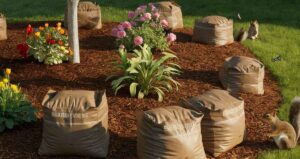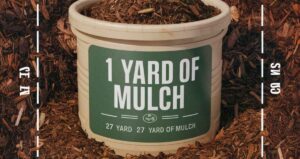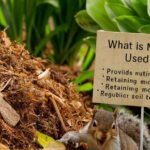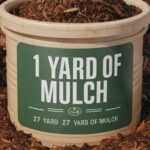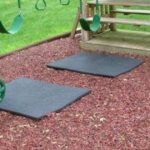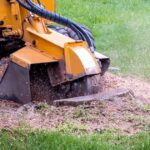So, you’re wondering if you should bother with mulching your tomato plants, huh? Well, let’s take a moment to explore the world of mulch and its potential benefits for your beloved tomatoes. Whether you’re a seasoned gardener or just starting out, finding the right way to care for your plants can make you feel like part of a special club. And let’s face it, who doesn’t want to feel like they belong in the world of green thumbs? In this guide, we’ll delve into the advantages of mulching for tomato plants, the different types of mulch you can use, how to apply it properly, and even some common mistakes to avoid. So, grab your gardening gloves and let’s get mulching!
Key Takeaways
- Mulching benefits tomato plants by retaining soil moisture and ensuring consistent hydration.
- Mulch acts as a natural weed control method, minimizing competition for nutrients.
- Organic mulch enriches the soil with nutrients, while inorganic mulch provides long-lasting weed control.
- Proper mulching techniques, such as avoiding excessive mulch and maintaining a 2-3 inch thickness, ensure healthy and productive tomato plants.
Benefits of Mulching for Tomato Plants
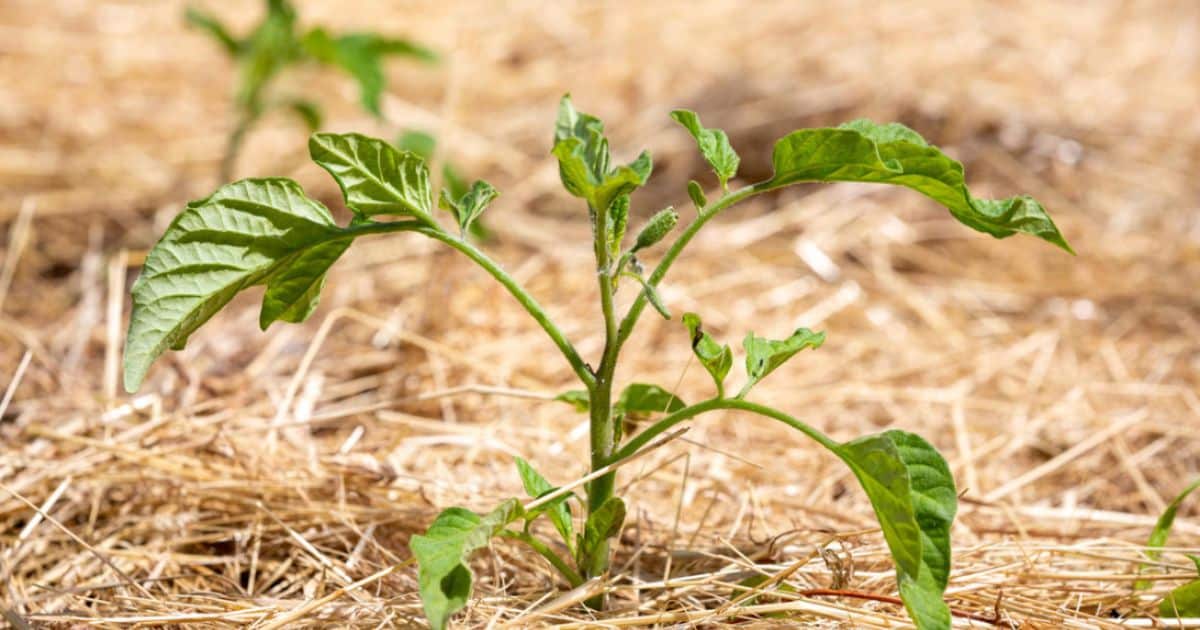
Using mulch around your tomato plants provides numerous benefits. When it comes to the choice between mulch and fertilizer, mulch is a better option for tomato plants. While fertilizers supply essential nutrients, mulch offers a range of advantages that contribute to the overall health and productivity of your plants. One of the key benefits of mulching is its impact on soil moisture retention. By creating a protective layer on the soil surface, mulch helps to reduce evaporation and maintain consistent moisture levels, ensuring that your tomato plants have access to the water they need. Additionally, mulch acts as a natural weed control method. By blocking sunlight and preventing weed growth, it minimizes competition for nutrients and allows your tomato plants to thrive. Now that you understand the benefits of mulching, let’s explore the different types of mulch for tomato plants.
Types of Mulch for Tomato Plants
To choose the right mulch for your tomato plants, consider the various types available. There are two main categories of mulch: organic mulch and inorganic mulch. Organic mulches, such as straw, leaves, grass clippings, and wood chips, are derived from living materials. They break down over time, adding nutrients to the soil and improving its structure. Inorganic mulches, on the other hand, are made from man-made materials like plastic or rubber. They do not decompose and can provide excellent weed control. However, they do not contribute to soil health like organic mulches do. The choice between organic and inorganic mulch depends on your specific needs and preferences. Now that you know the different types of mulch available, let’s discuss how to apply mulch to tomato plants.
How to Apply Mulch to Tomato Plants
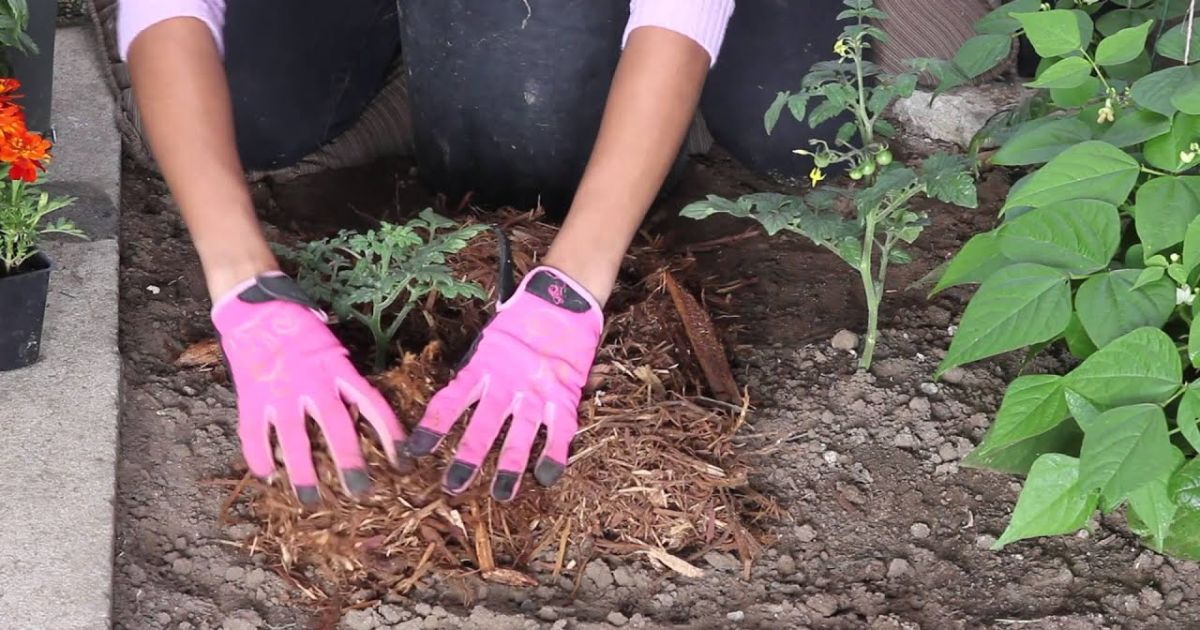
Applying mulch around tomato plants is a simple and effective way to promote their growth and protect them from weeds. Here are some tips on how to apply mulch to tomato plants:
- Start by clearing the area around the tomato plants of any weeds or debris.
- Spread a layer of mulch around the base of the plants, making sure to leave a small space around the stem to prevent rot.
- The mulch layer should be about 2-3 inches thick to provide adequate insulation and moisture retention.
- When selecting mulch for your vegetable garden, choose organic options such as straw, grass clippings, or shredded leaves. These materials will break down over time, enriching the soil with nutrients.
- Mulching not only benefits tomato plants but also other vegetable plants. It helps to conserve moisture, regulate soil temperature, and suppress weed growth, leading to healthier and more productive plants.
Common Mistakes to Avoid When Mulching Tomato Plants
Don’t make the mistake of overmulching your tomato plants. While mulching is beneficial for tomato plants, it is important to avoid common mistakes that can harm their growth. One common mistake is using too much mulch. Excessive mulch can retain too much moisture, leading to root rot and other fungal diseases. It is recommended to apply a layer of mulch around 2-4 inches thick. Another mistake is mulching too early in the season. Wait until the soil has warmed up and the threat of frost has passed before mulching your tomato plants. This will prevent the soil from staying too cool and potentially stunting the growth of your plants. By avoiding these common mistakes and following proper mulching techniques, you can ensure healthy and productive tomato plants.
Maintaining Mulch for Healthy Tomato Plants
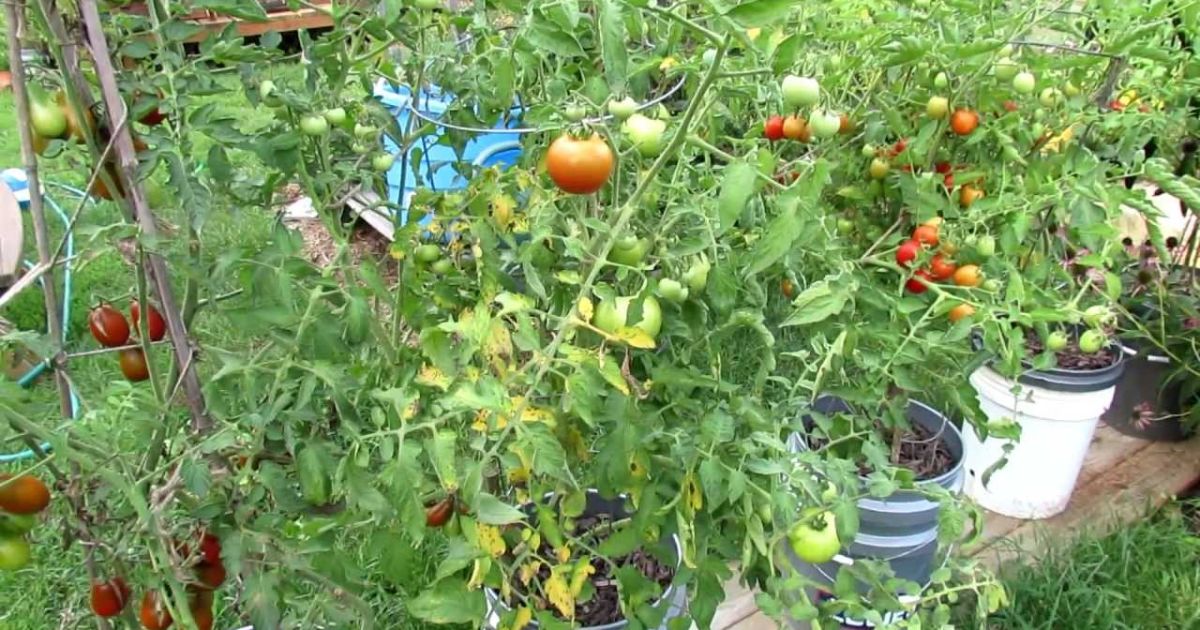
For healthy tomato plants, it is important to regularly maintain the mulch around them. Proper maintenance ensures that the mulch continues to provide benefits and support the growth of your plants. Here are some essential tips to help you maintain your mulch effectively:
- Weed Control: Regularly check the mulch for any weeds and remove them promptly to prevent competition for nutrients and water.
- Mulch Thickness: Ensure that the mulch layer remains at a thickness of around 2-3 inches to provide adequate insulation and moisture retention for the roots.
- Mulch Renewal: Over time, the mulch may break down, so it’s important to replenish it annually to maintain its effectiveness.
- Mulch Alternatives: Consider using organic materials like straw, grass clippings, or wood chips as alternatives to traditional mulch.
- Watering: When watering your tomato plants, be mindful of the mulch layer and ensure that it is not preventing water from reaching the roots.
Conclusion
So, should you put mulch around your tomato plants? Absolutely! Mulching offers numerous benefits, such as conserving moisture, preventing weed growth, and protecting against soil erosion. Choose organic mulches like straw or shredded leaves to provide additional nutrients as they break down. When applying mulch, make sure to leave a small gap around the stem to prevent rot. Avoid common mistakes like piling mulch too high or using plastic mulch, which can overheat the soil. By maintaining proper mulch, your tomato plants will thrive like never before, yielding an abundant harvest.
